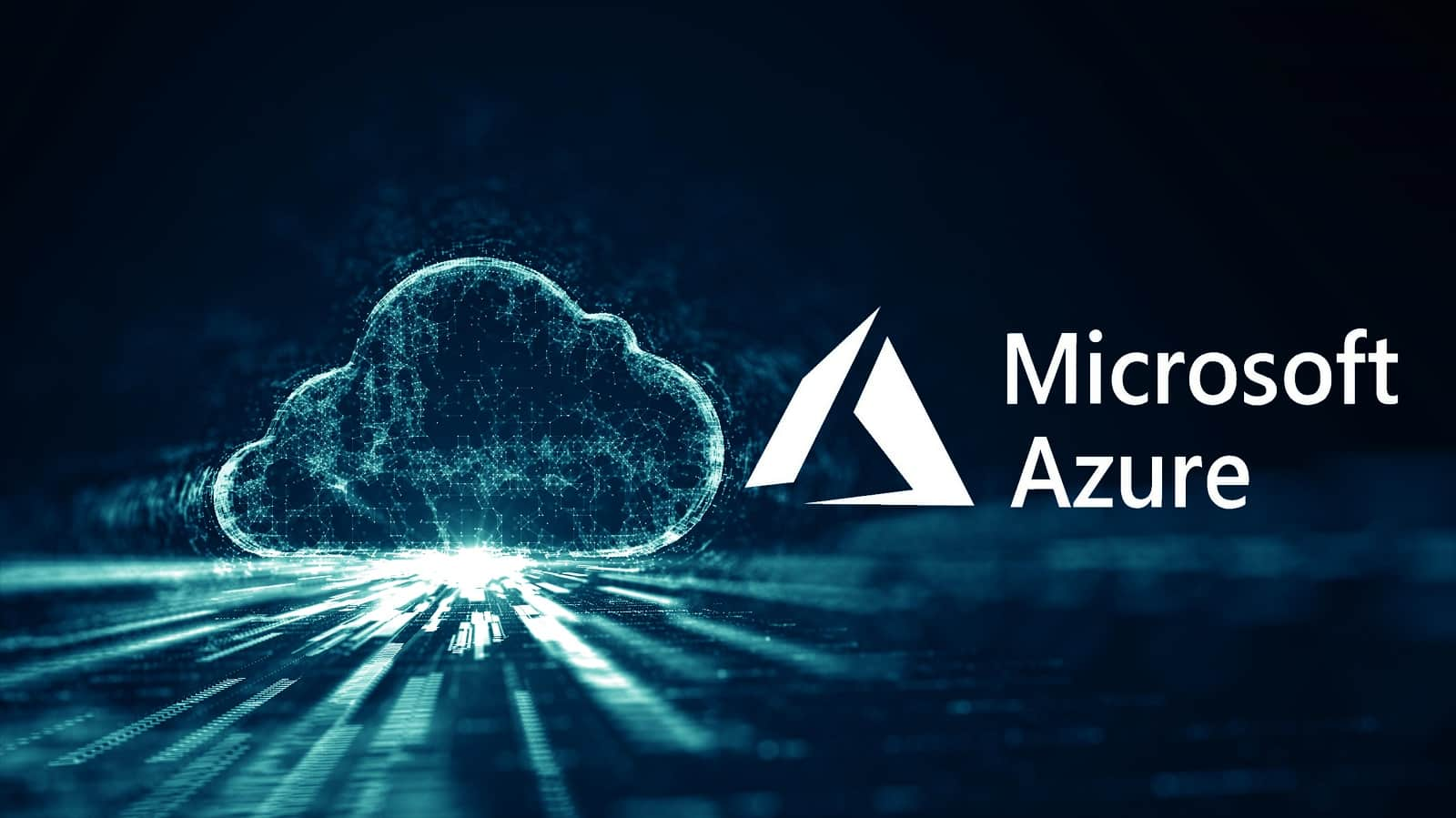Microsoft Azure is a Microsoft cloud product that leverages an ever-expanding network of data centers to create, deploy and manage services and applications anywhere.
It allows you to add capabilities to your existing network through a platform-as-a-service (PaaS) model and trusts Microsoft to perform compute and network operations through a service infrastructure (IaaS).
Azure provides an ever-expanding set of products and services designed to meet all your needs through an easy-to-manage platform. You can also take advantage of managed Azure services.
Microsoft Azure technical capabilities
Microsoft maintains a growing catalog of Azure services, with all the elements available to create a virtual network and deliver services or applications to a global audience, including:
- Microsoft or Linux virtual machines (VMs).
- Manage SQL relational databases from one to an unlimited number as Microsoft Azure services.
- Azure Active Directory domain services enable remote management of group policies, authentication, and everything else.
- Application services are compatible with all popular web ports and portable platforms.
- Reliable, scalable access to cloud resources allows you to respond quickly to the ebb and flow of information, saving time and money.
- Team Visual Studio services create an additional service for a comprehensive application lifecycle management (ALM) solution, which is where Microsoft Azure is especially valuable.
- Storage space that lets you store infrequent data at tremendous savings.
- Self-sufficient data centers are becoming obsolete and are being replaced by increasingly affordable cloud solutions.
The benefits of a cloud platform
The combination of Microsoft’s extensive infrastructure, continually evolving applications and services, and strong presence in the global IT marketplace have made Microsoft Windows Azure solutions the choice of two-thirds of the world’s Fortune 500 companies. Azure’s infinite scalability also makes it suitable for personal use because of its benefits:
- Flexibility. The cloud offers new services with the ability to geometrically scale storage capabilities on the fly. Users say there is no competition for Microsoft Azure in this regard.
- Cost. Cloud solutions not only make adding and scaling infrastructure faster and easier, but also less expensive. Using Microsoft’s expertise, Azure reduces users’ annual IT budgets.
- Applications. Microsoft has set the stage for developing and testing mission-critical applications.
- Disaster Recovery.
Instructions for the job
The dashboard is the main piece of real estate in Azure. It allows you to drag and drop services, counters, and other relevant information onto a web page. You can create multiple dashboards, such as a monitoring dashboard.
The monitoring dashboard can contain information on Azure resources, tutorial access, as well as links to Azure Marketplace, and details to view.
Azure will prompt the owner to manage access to the shared dashboard. Perform security permissions before sharing the dashboard. You can also get help here: https://nolt-technologies.com.
Often you need to add resources or groups of resources that are not in the Plate Gallery. The owner will need to find a group of resources to share. To do this, select the context menu, and in it select the output item for the toolbar.
To change the color of the portal, double-click the empty area in the toolbar. As a result, the different colors of the themes will appear. Alternatively, you can click the Gear icon at the top of the page and try other colors.
